
Today, from animation archivist Steve Stanchfield’s secret stash, an exclusive rarity. For years, Paul Terry’s Terrytoons have been off the air and unavailable for any to see. For decades before that, the cartoons were stripped of their original theatrical titles (above, right) and labeled with a bland TV title and goofy calliope music (above, left).
Stanchfield has obtained a rare 35mm print of Terry’s tenth theatrical sound cartoon, Hungarian Goulash (1930), preserved it to digital and has allowed us to share. For years bad TV dupes of these early cartoons have shaded our opinions of this period of Terry’s output. Now, with a crisp image and a clear soundtrack, a better picture emerges – literally!
What you will see here is a film loaded with charm, funny drawings and sharp synchronization (something some other studios were still struggling with at the time). Below the film is its rare animation draft, telling us who animated on what scene. This is a great way to study the style of individual animators at this turning point in animation history.
Terrytoon historian Charlie Judkins provided this animators draft for Hungarian Goulash (below). Much here to take note of: Future Disney effects animator Cy Young created the titles; Much animation is by company partner Frank Moser (who receives credit above Terry in the titles), additional animation is by Jerry Shields, Art Babbit, Tom Bonfiglio, Charles Sarka; and a few shots are animated by Paul Terry himself.
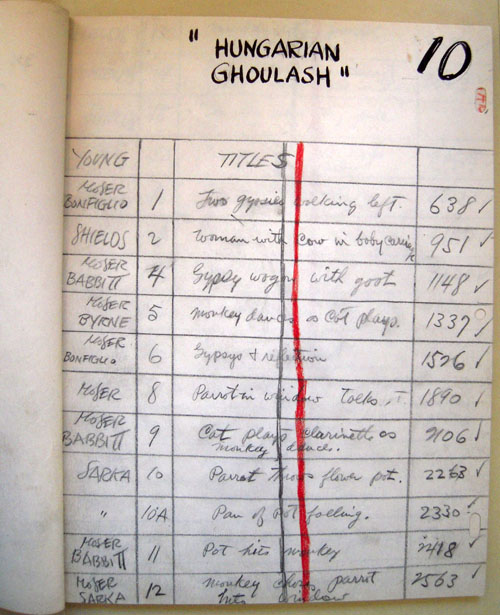
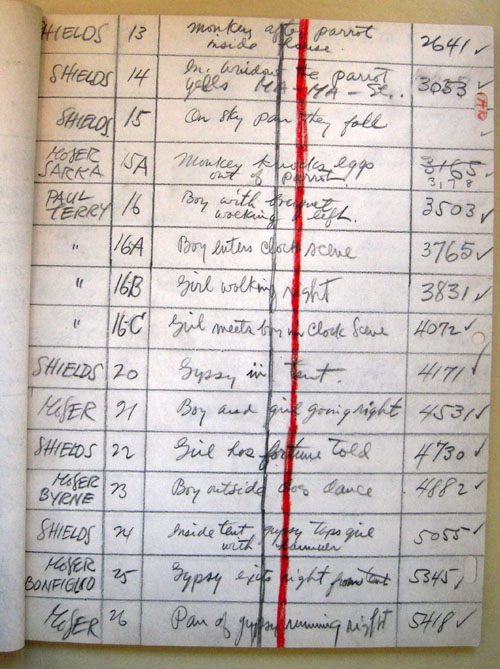
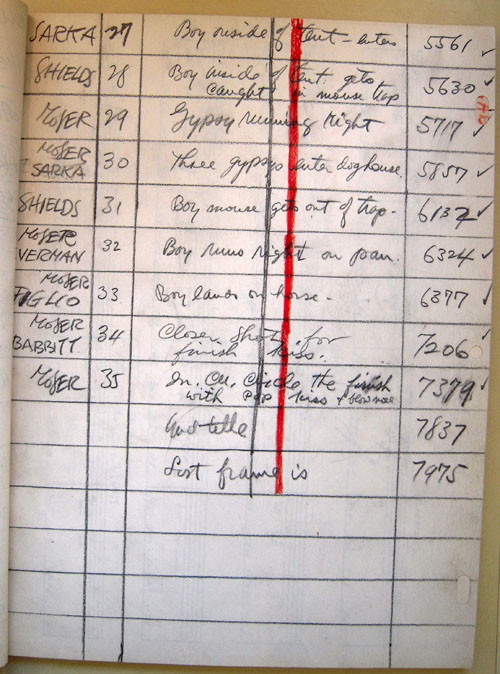
The first year of Terrytoons were cartoons all based around food titles – Swiss Cheese taking place in Switzerland, Hawaiian Pineapple is set in Hawaii – Hungarian Goulash combines the Hungarian Rhapsody with gypsy antics. Throw in some mice and a mechanical horse and you have a Terrytoon. Here are some trade ads promoting the first two years of Terrytoons:

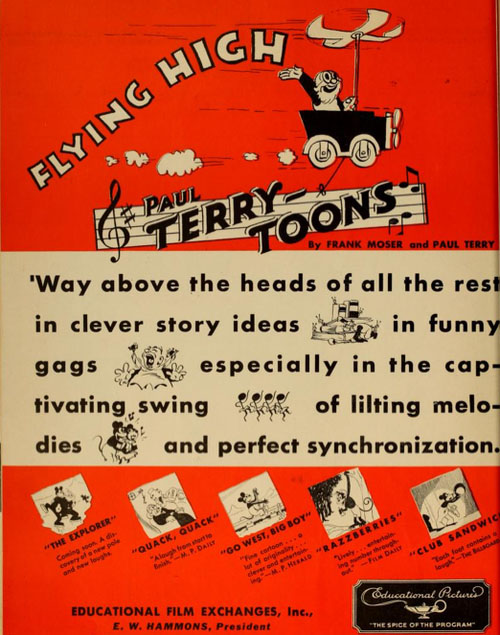


 Jerry Beck is a writer, animation producer, college professor and author of more than 15 books on animation history. He is a former studio exec with Nickelodeon Movies and Disney, and has written for The Hollywood Reporter and Variety. He has curated cartoons for DVD and Blu-ray compilations and has lent his expertise to dozens of bonus documentaries and audio commentaries on such. Beck is currently on the faculty of CalArts in Valencia, UCLA in Westwood and Woodbury University in Burbank – teaching animation history. More about Jerry Beck [
Jerry Beck is a writer, animation producer, college professor and author of more than 15 books on animation history. He is a former studio exec with Nickelodeon Movies and Disney, and has written for The Hollywood Reporter and Variety. He has curated cartoons for DVD and Blu-ray compilations and has lent his expertise to dozens of bonus documentaries and audio commentaries on such. Beck is currently on the faculty of CalArts in Valencia, UCLA in Westwood and Woodbury University in Burbank – teaching animation history. More about Jerry Beck [



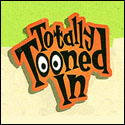



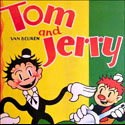
I take it Byrne is Tom Byrne who worked on the silent Felix cartoons and ended up assisting at Lantz.
Yep it’s Tom Byrne, he went to Fleischer a few months after this. The only unknown name for me on here is “Verman”, anyone have any guesses?
The Byrne could have been Charlie or Tom. Charlie was there earlier when there were only a handful of people there ( 12 animators?) Tom was with Disney for a shorter time. He was with MGM before Lantz.
Just found your new blog Jerry! I’m glad to see you’re still around.
The four scenes credited to Paul Terry reflect a businesslike approach with an eye to the greatest possible economy. You can bet that they were done ahead of schedule.
That lake reflection scene was actually impressive!
Trade ads from the Film Daily. Yowza.
Hey Jerry,
Didn’t realize you were going to post the photos of the draft, now that you have I should mention that although I have been to MoMA many times to access these early Terrytoon materials those particular photos come to us courtesy of Jake Friedman. Also, It is not confirmed yet that the “Sarka” listed on these drafts is Charles Sarka, this is something me and Jake have been researching.
Thanks for the clarification, Charlie. And good luck with your continuing research on Terrytoons.
Jerry- that’s a fantastic post– really enjoyed– thanks!
Thanks Ginny. If you have any animation drafts – paperwork as above that tell us who animated what scene in a specific cartoon – please let me know. Love your blog too!
If there are two names on a credited scenes like “Moser/Babbitt,” does that mean they both handle different characters?
That’s what I think.
What does the parrot say at the end, after the monkey and organ grinder leave?
The Parrot is saying “Goniff! Goniff!” which is Yiddish for a thief, dishonest person or scoundrel. Nice post, Jerry, good print. My first boss in animation, Tom Goodson (or Bonfiglio as he was known in 1930) co-animated one scene in this cartoon.
Wonderful post today on “Hungarian Ghoulash!”
Great post, Jerry! This site seems to really fit your style much better than CB (and why not? It is YOUR site!)..
and, on the three photos above is recipe for “Hungarian Goulash” .
hm, much different than my recipe.
It’s always a revelation when we seen one of the classic cartoons in the quality it would have been seen in the theatres of their day. Thanks for posting.
Really love posts like this; I know folks are sick of hearing this from me but, wow, this makes me want to see full restorations on more classic Terrytoons out on DVD from all eras of the studio’s existence. But, admittedly, just hearing this cartoon doesn’t label it a Terrytoons for me. In other words, none of the regular sound effects often used in this studio’s cartoons are not heard here; it is still the early sound era and bare bones recording techniques in animation, making me think that the music, sound effects and voices were all recorded at one time, live in a sound studio, similar to the methods also used at the Fleischer Studio. Great stuff.
The TV versions were also edited and shorter than the theatrical releases.
That is correct. For the record, I compared this theatrical version to the TV print – and the TV print has all the footage (minus the opening title, end title and the score behind them).
I love Jerry Shields sequence of the monkey and the parrot, scs. 13, 14 and 15. Terry’s studio, due to it’s “relaxed” standards, became home to at least three of animation’s “primitives”, Shields, Vet Anderson and Jim Tyer. All three date to the silent Aesop’s Fables, Shields and Tyer did the “funny” primitive animation, and Vet Anderson, actually did “horror” primitive animation, which he continued at Lantz in the early 1930s.. Jerry Shields very flat approach to animation design is evident in scene 13’s strange looking profile walks on the parrot and monkey, and I love the headlock that the monkey gets around the parrot’s neck in scs. 13 and 14 as the parrot keeps exclaiming: “Leave me alone!” Jerry Shields had a lot of trouble with sizes, note how the parrot’s head keeps gaining volume as the monkey walks on the pan with his arm choking tha parrot. Shields also had a habit of turning the character’s head from side to side and using a two drawing blink. Since he was a primitive, Shields couldn’t really draw a rational head turn, so there is a lot of inadvertant comedy in watching him try. We owe Paul Terry a debt of “thanks”, for letting these animators have a platform that no other cartoon producer would have tolerated.
This is a nice cartoon for that era. I agree that it’s wonderful to see anything on Terrytoons now. Paul Terry was still animating! Who knew?
A nice little Terrytoon. I wish there was some way these shorts could get a DVD/Blu-Ray release.
I believe that Audio-Cinema provided financial backing for Terrytoons back in those earliest days, with Educational Pictures distributing these films. Within a year or two, A-C went under.
Nice cartoon. Here is an actual review of the cartoon as it appeared in The Film Daily on July 6, 1930.
“Clever Cartoon
A cleverly contrived number, with the classic music of Franz Lizst made to provide harmonious accompaniment for the lively antics of the Terry-Toon creations. Anybody who enjoys cartoon comedies will get a great deal of hearty satisfaction out of this one. In addition, because of its music, even the highbrows should find it hard to resist the affair.”